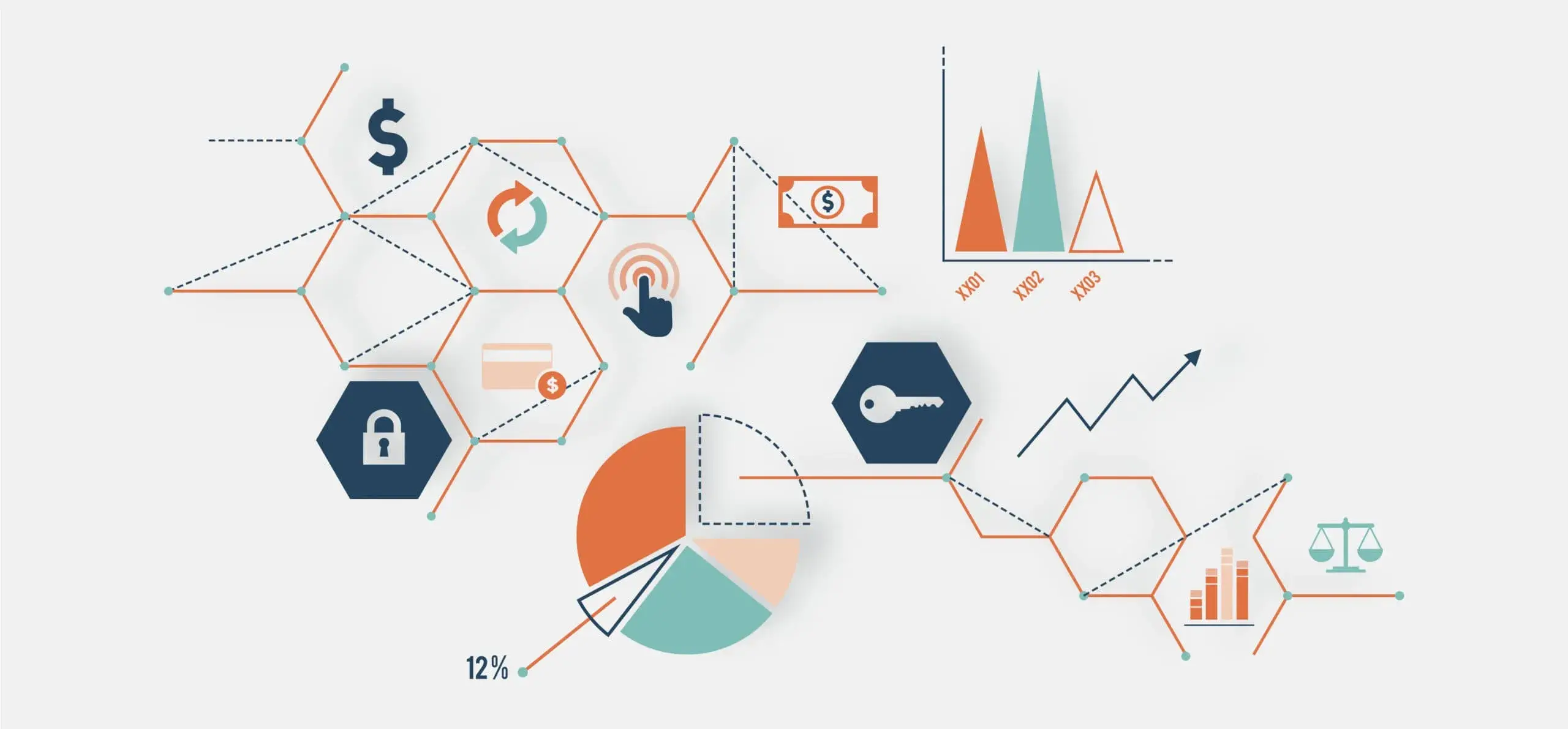What is a Data Platform?
A data platform is a comprehensive solution for ingesting, processing, analyzing, and presenting the data produced by a contemporary digital company’s systems, processes, and infrastructures. Users can derive commercial value from information generated based on such data. A reliable data platform provides end-to-end data management.
You can use “data platforms” and “big data platforms” to manage large volumes of data. The only distinction between these two is the scale.
The 3 main characteristics of data platforms are as follows:
⦁ Volume – The volume of data generated and stored.
⦁ Variety – information’s nature and type.
⦁ Velocity – the speed of generation and processing of the data.
Because of the enormous growth in these three axes, you can regard any data platform that can keep up with current organizational expectations as a big data platform.
These are the Main Components to Consider When We Discuss Designing a Data Platform.
1. Source
It is the location from where the data originates. Customers, suppliers, warehouses, and stakeholders might all be sources in this scenario.
2. Integrations
Integrations enable IT professionals to combine data from several sources and give complete, accurate, and current datasets for business intelligence, data analysis, and other applications and business processes. The chosen Data Integration platform will determine the cost and effectiveness of crucial data integration projects, including data replication, ingestion, and transformation.
3. Data Warehouse
The data warehouse is arguably the most complex and vital element of modern data systems. It is a central collection of data that you can examine to help people make better choices. Transactional systems, relational databases, and other sources regularly and continuously feed data into a data warehouse. The best practice is beginning to take shape, suggesting that your data warehouse should have at least two discrete “zones” – one for storing raw/unstructured data and another for storing normalized/transformed data.

Image source: https://www.freepik.com/free-vector/visual-data-concept-illustration_7504550.htm
4. Transformation
Changing data from one format into another is called data transformation. It helps make data understandable by a target system if the original format was not so. Most data integration and management operations, including data wrangling and data warehousing, include some data transformation.
5. Presentation
The majority of the components we have addressed thus far are purely infrastructure-related. Most end users won’t see anything until it reaches a dashboard at the presentation layer. However, most data analysts, engineers, and scientists will consume content from the data warehouse and transformation components.
As the data stack continues to develop, I think the presenters that focus more on visualization and less on transformative power will emerge as the winners. Managing transformations at the presentation level will not only be difficult as organizations incorporate additional sources of data. As data quantities grow dramatically, it will also produce unclear information and faulty analysis.
6. Transportation
What distinguishes this strategy as uniquely modern is incorporating a transportation component. In the past, it was okay for end users to consume information through dashboards and external analytics tools. Still, it is becoming increasingly apparent that data professionals’ efforts may be for nothing if they can’t get their insights back into systems of record.
Data transportation, sometimes known as “embedded analytics,” is a straightforward idea that connects data tools and systems of record. However, only a small number of managed services have been developed, and even those are currently under active development.
7. Business Intelligence (BI) and Analytics
If your staff cannot use the data you have gathered, converted, and saved, it is of no benefit to your company.
The BI and analytics layer would be the cover of the data platform if it were a book, complete with an intriguing title, eye-catching graphics, and a summary of what the data is trying to tell you. End users frequently imagine this layer when they see a data platform, and for a good reason. Without it, your data lacks meaning and cannot be used for intelligent decision-making.
The Bottom Line
Concepts related to data platform security and observability are swiftly gaining popularity, and businesses are coming up everywhere to address these issues. Implementing a data platform can seem like an overwhelming task with so many options. Put aside the vast array of options and the numerous names for the goods, services, and solutions, and begin the search by focusing on your requirements. With that in mind, realize that the essential lessons are adaptability and agnosticism.
Know your objectives. Begin simply. Aim high. Create a culture of data.
Contact us today if you would like Sanmark to help with your data-oriented goals. We will make introducing data platforms to your business a breeze.
For more information and to get insights and expert advice on data management, explore this article.
Hero image source: https://www.freepik.com/free-vector/_2825363.htm
